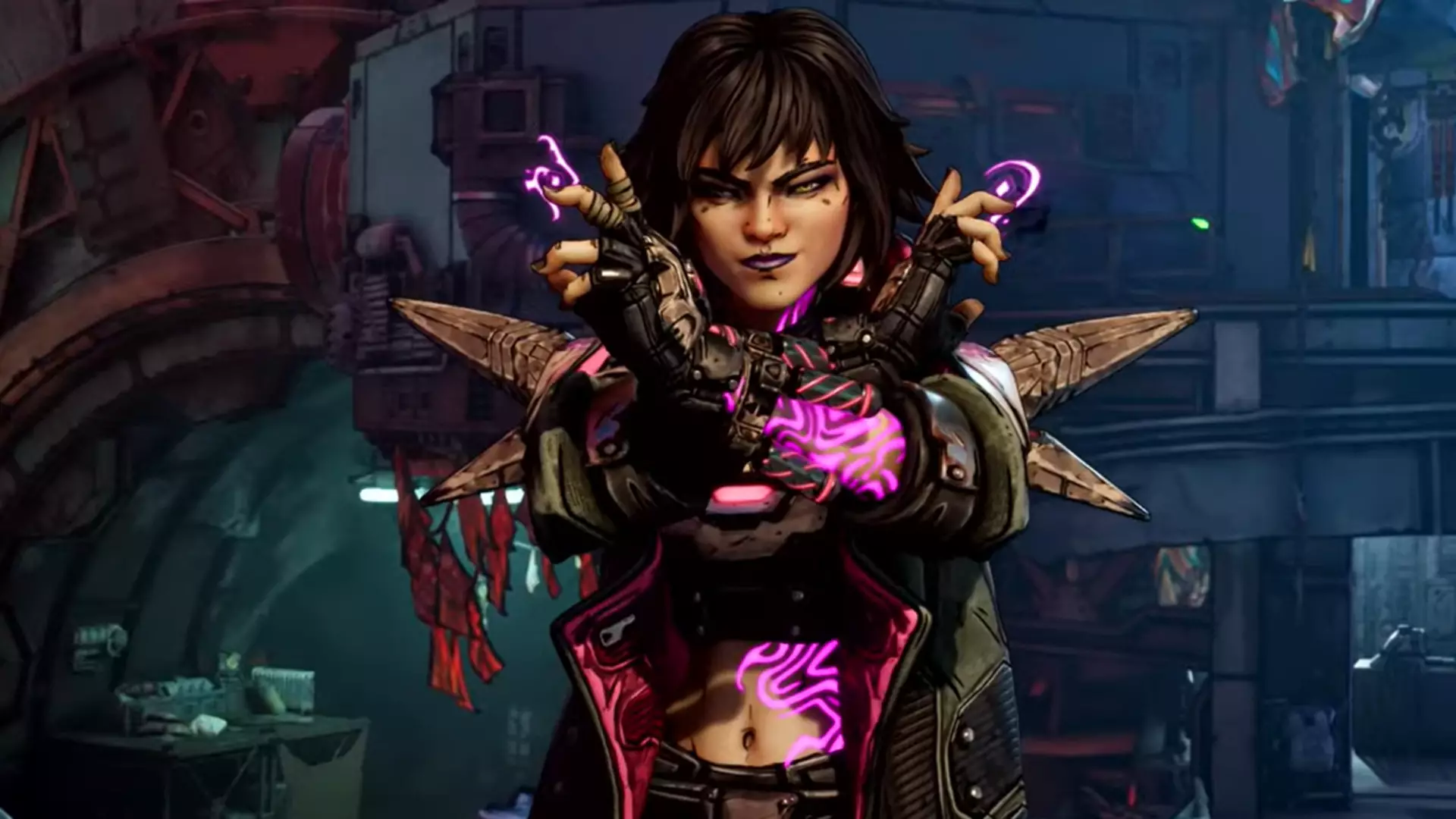In the ever-evolving landscape of video game pricing, Randy Pitchford, the CEO of Gearbox Software, has thrown himself into the spotlight with remarks that have left many fans questioning the ethics of game pricing in our current economic climate. Recently, amidst discussions surrounding the potential $80 price tag for the much-anticipated “Borderlands 4,” Pitchford took to social media with a bold declaration: “If you’re a real fan, you’ll find a way to make it happen.” This sentiment echoes a bygone era where video games were perhaps seen as luxuries rather than essential sources of entertainment. However, one can’t help but wonder if Pitchford’s perspective on loyalty versus affordability misses the mark in today’s more financially-strapped reality.
A Personal Anecdote Gone Awry
To solidify his argument, Pitchford shared a personal story about how he was able to afford the game “Starflight” for the Sega Genesis back in 1991, despite working minimum wage at an ice cream shop. While this nostalgic tale might resonate with some, it raises critical questions. Does invoking personal sacrifice from decades ago validate today’s exorbitant pricing sets? In the early ‘90s, inflation rates and living expenses were markedly different, and many gamers today are often balancing their budgets against rapidly rising costs of living. Pitchford’s comparison is fundamentally flawed, as it fails to acknowledge that what was once considered a splurge has transformed into a hefty chunk of one’s monthly budget today.
What’s more perplexing is his apparent disregard for the multifaceted reasons some gamers may be unable—or unwilling—to shell out such high prices for new titles. The gaming community is diverse, comprised of individuals with varying financial circumstances. Pitchford’s statement assumes that passion translates directly into financial capability, an assumption that is not only elitist but also dismissive of the challenges many face in today’s economy.
The Disconnect Between Executives and Gamers
The backlash that followed Pitchford’s comments illuminates a significant gap between industry executives and the gaming populace. Many fans took to social media to voice their confusion and frustration, questioning the rationale behind a potential $80 price tag. Such emotions underline a growing disconnect between the gaming community and those creating the games. When industry leaders champion a “just buy it” mentality without considering the broader economic landscape, it fosters an environment of alienation and resentment among players who feel their concerns are being brushed aside.
Moreover, Pitchford’s reflections expose a deeper issue within the industry: the commodification of gaming. When developers prioritize perceived brand loyalty over the sentiments of financially-conscious gamers, they risk overshadowing the very passion that links them to their audience. Long-time fans be wary—will they continue to support a franchise that seems to prioritize profits over player experience?
Balancing Loyalty and Financial Reality
In a time when many individuals are grappling with financial uncertainty, Pitchford’s comments are troubling. A price increase of this nature can alienate fans who have supported the franchise since its inception. The gaming industry thrives on community and shared experiences, and high price points threaten to fracture that foundation.
Instead of admonishing fans for not being “real” followers of the franchise, perhaps industry leaders like Pitchford could engage in dialogues that respect the financial realities of their consumers. If the narrative around pricing were reframed to acknowledge the sacrifices fans are already making, the discourse would shift from one of judgment to one of understanding.
The heart of gaming is rooted in connection—a bond that should extend beyond the transaction of money. As developers and publishers consider the future of game pricing, they must increasingly recognize that loyalty cannot be monetized without consequences. Addressing the financial reality faced by gamers is not just a corporate responsibility; it is a crucial step toward a more inclusive and understanding gaming environment. Awareness and empathy could ultimately lead to a healthier relationship between developers and their audience in an industry that’s more than just about the bottom line.

